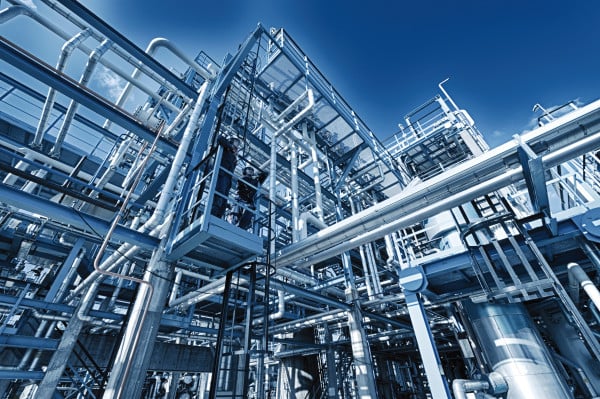Defined at the Process Flow Diagram (PFD) level, a Corrosion Loop is typically shown in a document as part of a corrosion materials diagram (CMD) or as part of a damage mechanisms review (DMR) diagram. The loop represents the common process, corrosion environment, and materials of construction, and includes all equipment within that loop susceptible to the same corrosion/damage mechanisms and at approximately the same rates of deterioration. It may require making breaks in equipment like columns, for example, that may have vastly different conditions and metallurgies at different elevations. This is done at a higher or more coarse level than a corrosion circuit. It may be quite helpful as input and understanding for a Risk-Based Inspection (RBI) study and for a better understanding of damage mechanisms in that unit and affected equipment.
Relevant Links
Topic Tools
Share this Topic
Contribute to Definition
We welcome updates to this Integripedia definition from the Inspectioneering community. Click the link below to submit any recommended changes for Inspectioneering's team of editors to review.
Contribute to Definition



















